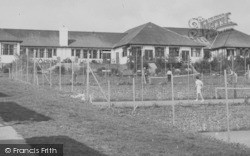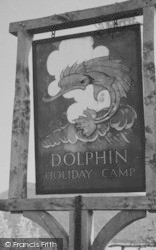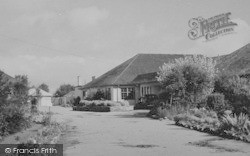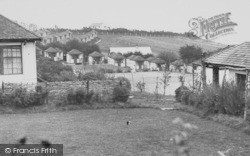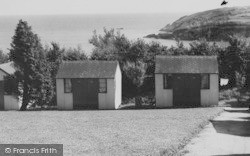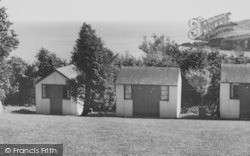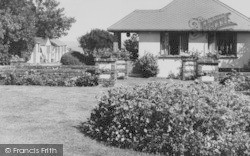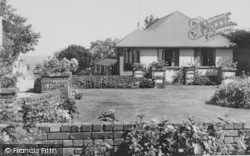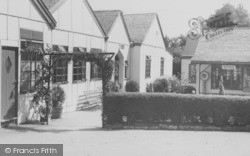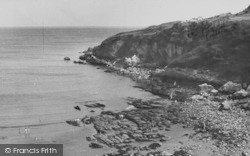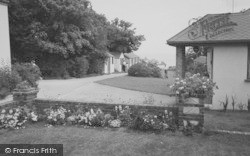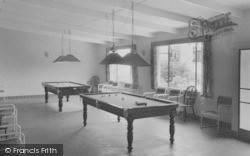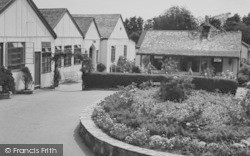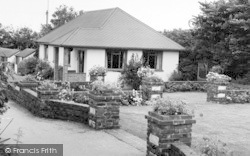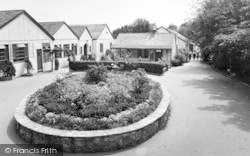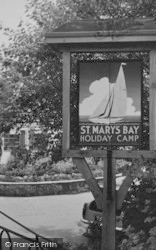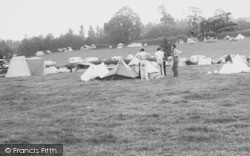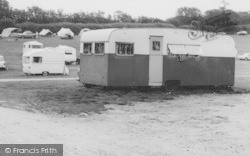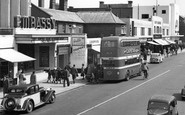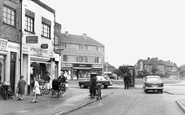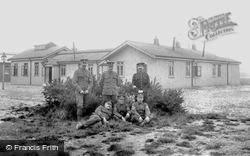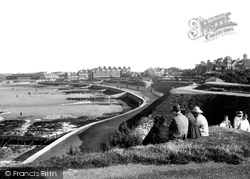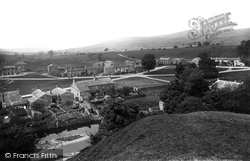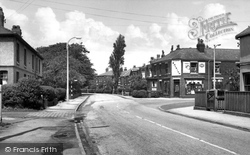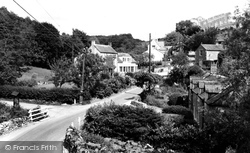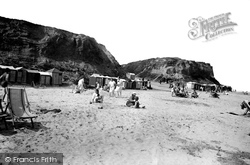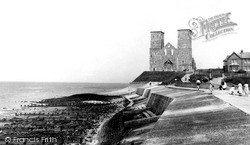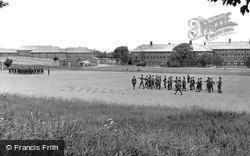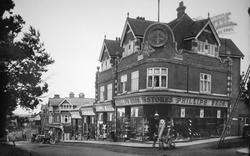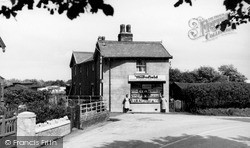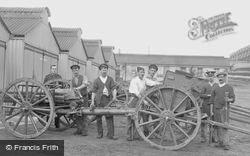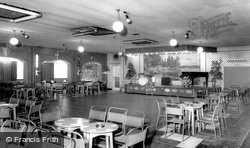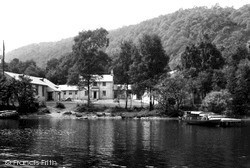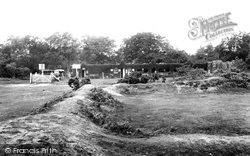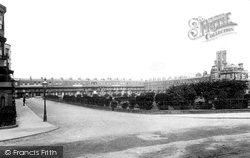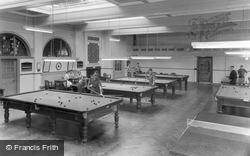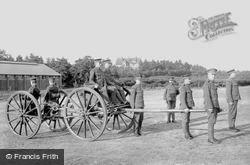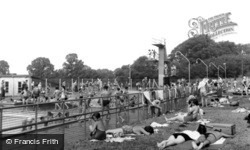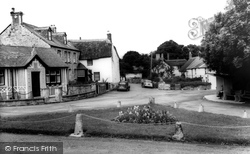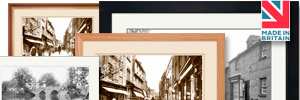Places
24 places found.
Those places high-lighted have photos. All locations may have maps, books and memories.
- Lulworth Camp, Dorset
- Shorncliffe Camp, Kent
- Bovington Camp, Dorset
- Camp, Lincolnshire
- Bulford Camp, Wiltshire
- Camp Hill, Dyfed
- The Camp, Hertfordshire
- Camp Hill, Warwickshire
- Camp Corner, Oxfordshire
- Westdown Camp, Wiltshire
- Camp Town, Yorkshire
- Camps End, Cambridgeshire
- Camps Heath, Suffolk
- The Camp, Gloucestershire
- Shudy Camps, Cambridgeshire
- Castle Camps, Cambridgeshire
- North Camp, Hampshire
- Otterburn Camp, Northumberland
- Pirbright Camp, Surrey
- Rollestone Camp, Wiltshire
- Blandford Camp, Dorset
- Camp Hill, Yorkshire (near Sowerby Bridge)
- Camp Hill, Yorkshire (near Kirklington)
- Bisley Camp (National Shooting Centre), Surrey
Photos
2,584 photos found. Showing results 81 to 100.
Maps
130 maps found.
Books
1 books found. Showing results 97 to 1.
Memories
1,296 memories found. Showing results 41 to 50.
Growing Up In Fareham
I was born in Brighton Sussex. After travelling from station to station, as my father was in the RAF (I'll miss out that part of the story), My mother Eileen,sister Shirley & I moved to Fareham after the 2nd WW, I was 9 ...Read more
A memory of Fareham by
My Story
My name is Peter Mills. I was born in 1939 and I lived in Barest Road, Nunhead. I lived through the war years, evacuation, hiding in the Anderson shelter, having to use the bungalow bath, outside toilet, coal fire, ascot water heater, ...Read more
A memory of Peckham in 1950 by
Annual Visit
My parents, Fred & Marjorie La Touche, always took us to visit our great aunt & uncle Curtis,who lived at Cottage of Content in Harris Barton.At one time this was a pub, (perhaps someone has a photo of it ) but then it ...Read more
A memory of Frampton Cotterell in 1945 by
Grouse Beating
As a student I spent 3 seasons working as a beater on Lord Sopwiths estate. I first worked a few days during a holiday with family friends called Rita and Albert Sparks who had holidayed in Arkengarthdale for many years. The ...Read more
A memory of Arkengarthdale in 1960 by
An Annual Visit To The Grass Verge Near Oakhanger Farm
As a child in the 60s/70s I would often travel with my parents in the car from Oakhanger towards Bordon to help my parents tend their allotment at Cranes. We would often pass an ...Read more
A memory of Oakhanger by
Ice Cream
My parents and I spent several vacations at Higworth farm caravan camp in the early/ mid 50's. I remember my Father having to get out of the coach, along with others, to lighten the load to cross the bridge. On the way to the beach ...Read more
A memory of Hayling Island
The Chalet Hunmanby Gap
I holidayed at The Chalet, Hunmanby Gap every year for around 15 years from 1966 onwards. I believe it was owned by someone in my distant family (Auntie Mary?) who also lived on Gap Road. I absolutely loved our family ...Read more
A memory of Hunmanby Gap by
It Was Different Then!
I lived in the house at the back of the picture in the 1950s. The small upstairs window at the front was my bedroom. In the winter my mum sent me across to Mr. Davey the greengrocer (next to the post office) for wooden orange ...Read more
A memory of Slough by
Clements Hall
I must have been about six when I stayed at Clements Hall with my brothers Edwin and Terry in the 1950s. Christine story brought back memories. I also remember the geese, the matron often made me sit on the step to shell the peas. ...Read more
A memory of Hockley in 1956 by
Wartime Finchampsted Ridges And Fishers Copse... The Potties!
As a child in the late 1960s and early 70s I frequented the Ridges regularly. I was taken there for a walk one day by my parents and with my elderly neighbour Alex who was interested in ...Read more
A memory of Finchampstead by
Captions
198 captions found. Showing results 97 to 120.
A sextet of non-commissioned officers from the 2nd Infantry Brigade adopt a casual pose for the photographer amid the gorse bushes and sparse clumps of grass outside the Sergeants Mess at this camp on
This was an important 56-acre camping ground for the Guide and Brownie groups in East London, as this part of the countryside was easily reached by train, especially with electrification
During the First World War, St Mildred's Bay was taken over as a Royal Naval Air Service Station, with a tented camp set up on the grassy promenade.
We are looking down on the village from the site of a Roman camp.
Soon the atmosphere of Fearnhead Cross itself would be destroyed with the redevelopment of the former RAF camp.
The village is known far and wide to Brownies, Cubs, Guides and Scouts, because the Scouts' Association has had a fieldcraft and camp site here for many years.
The old Gap, originally used by fishermen to reach the sea, had become widened by thousands of visitors' feet, so it was smartened up with ornamental embankments by the camp sites; even
It is believed that in AD43 the Romans under Emperor Claudius set up a small initial camp at Reculver because of its safe harbour.
The camp was recommended by Lord Baden Powell in 1911, and since then, thousands of soldiers, like these seen on marching drill at Kemmel Lines, have passed through.
The War Office purchased over 1600 acres of land here in 1863, and by 1903 camps had been construct- ed for troops returning from the Boer War.
The War Office purchased over 1600 acres of land here in 1863, and by 1903 camps had been constructed for troops returning from the Boer War.
The photograph shows the present owner's mother (on the right) standing outside the camp shop.
A group of gunners from the Royal Field Artillery pause in their task of servicing their heavy artillery outside the ordnance depot at Deepcut Camp, which had been built in 1901.
In the late 1940s and early 50s caravan and camping sites saw the village embrace the holiday trade with an amusement arcade and new shops like Sea View Café, which were conveniently sited
Amongst the attractions on offer was nightly entertainment in the camp's licensed clubhouse.
Today, behind the tents and huts to the right there is a massice holiday camp development.
Likewise, the many permanent buildings on the site belie its description as a camp.
Rumour has it that the Romans did not camp here at all, and that the mounds are medieval workings.
The square was a large parade ground, and nearby Addington Street was a military camp.
Visitors camped on the common until building began; in 1638 a promenade called the Walk was laid out.
The camp was recommended by Lord Baden Powell in 1911, and since then, thousands of 'squaddies' have passed through.
A fine study of a gunnery team standing to attention at Deepcut Camp.
Then the centre became a camp site, and finally closed altogether in 1984.
Here we see a quiet scene in the centre of a village that has become overwhelmed by post-war bungalow developments and surrounded by caravan and camping parks.
Places (24)
Photos (2584)
Memories (1296)
Books (1)
Maps (130)


